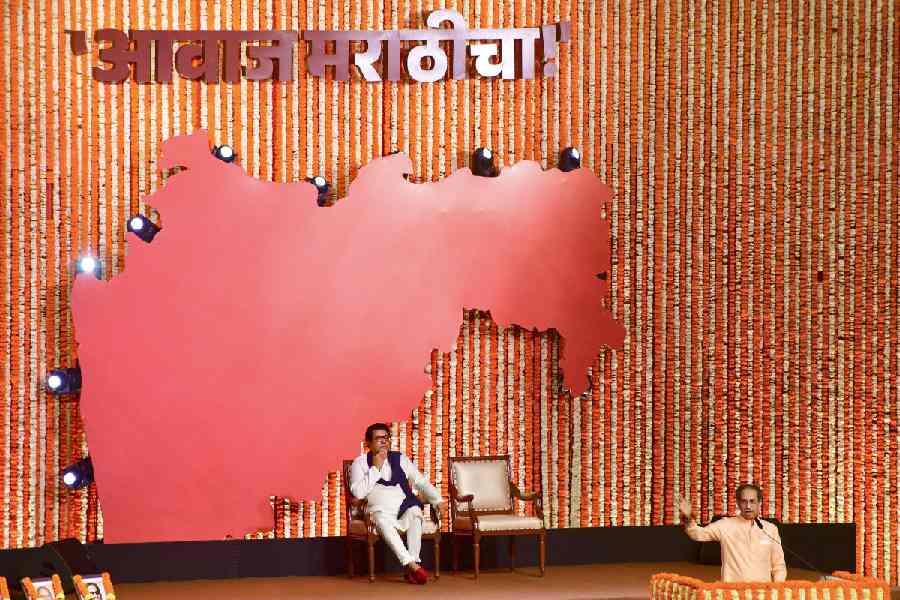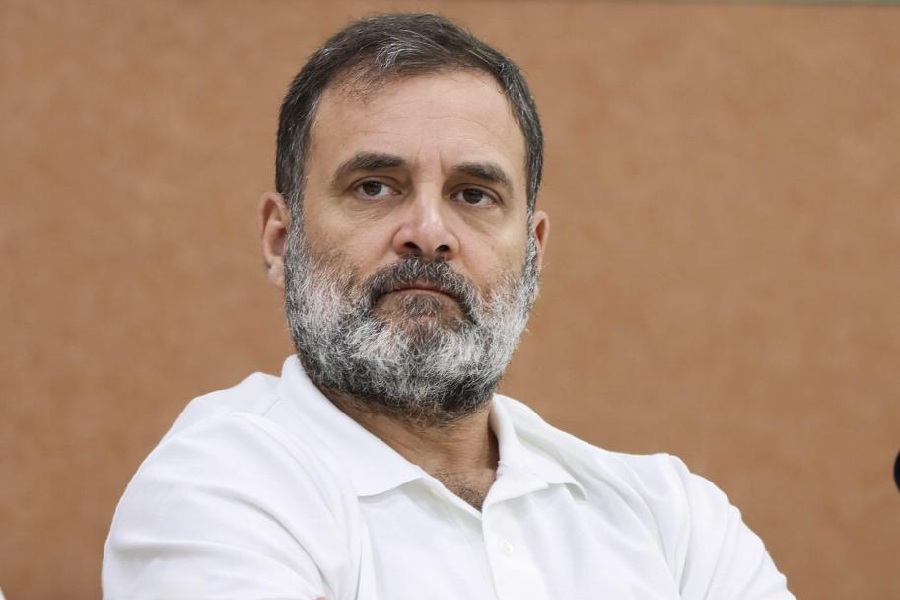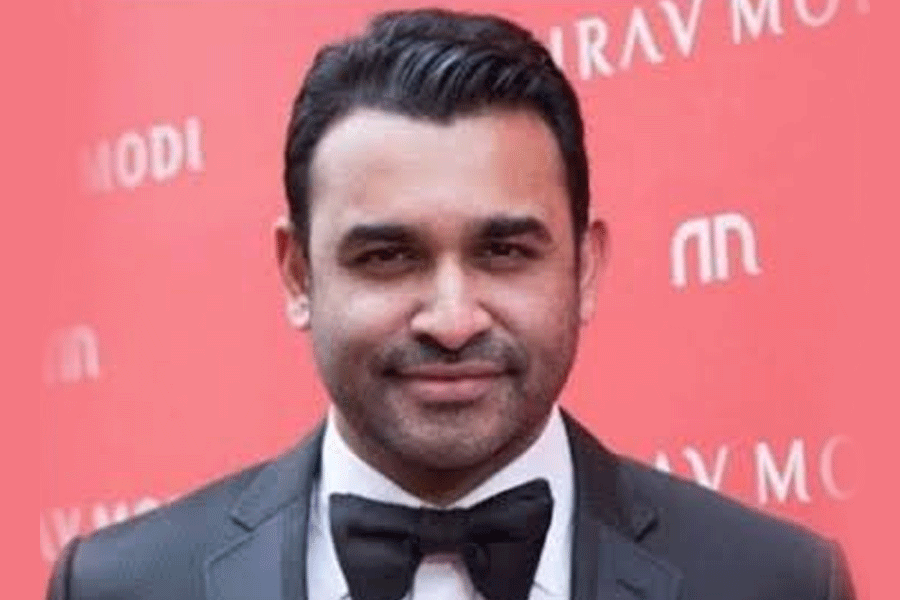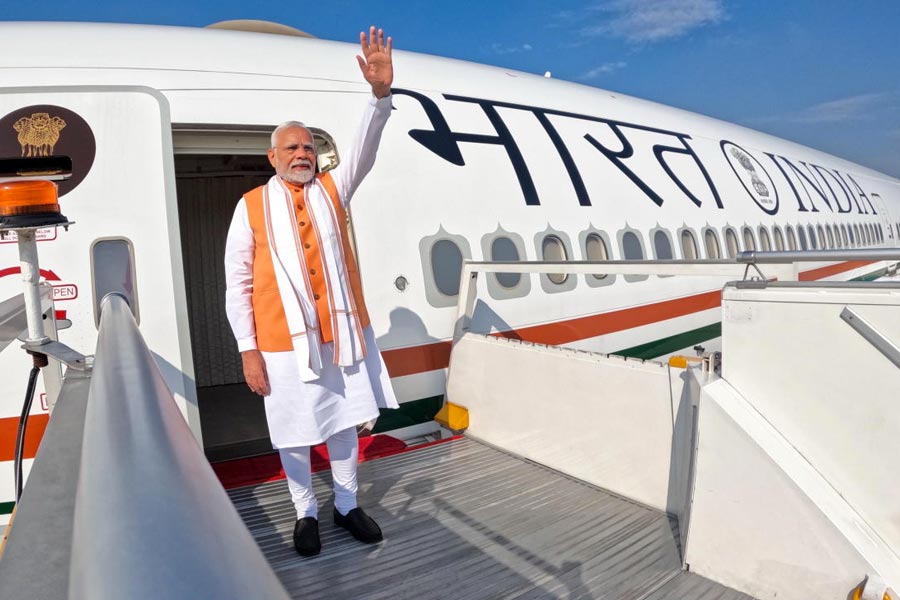 | Guest Column PRAShANT NANDA |
Jianta Bhuta or The Living Ghost, my film on development issues of tribals in the state, released in theatres only a few days ago. It has been over three years that the film was made and screened at various international film festivals. Though it won global appreciation, a National Award in 2008 and seven State Film Awards last month, we released it in cinemas only now. As a filmmaker, I must say that the response of viewers, I was anxious about, came the film’s way long ago. But this screening at present is not with an intention to profit. It was just a wish to reach the people of the state and to let those who wish to watch it, get a chance to do so.
The whole point is that filmmakers of parallel cinema in Orissa do not have a forum to reach the audience in the state. We are able to screen our films in different states and countries, but when it comes to our own state, we do not have an environment for public viewing of our films. Our theatres are not made for parallel cinema. The lack of exhibition facilities is crippling the creativity of Oriya filmmakers. Interestingly, in many other states, art films have a strong following with a certain section of the audience religiously watching this genre of cinema and promoting this stream of filmmaking.
To me, the absence of multiplexes in our state is a major reason behind it. If the public is ready for them, multiplex theatres seem to be a distant dream even now. In metro cities, films belonging to new age cinema are released at the right time and the right audience is also able to watch it.
But who is to blame for the delay in the coming up of multiplexes in Orissa? Finally, it is a business endeavour and investors must come forward. Until businessmen find it economically viable to open such a facility in a growing city like Bhubaneswar, we will still have to wait.
Of course, the idea has crept into the minds of some. We get to hear that few multiplexes are in the making. The fact that a genius like Satyajit Ray had to wait for 42 years to screen his all time classic, Pather Panchali in a multiplex, should give us patience. We would be rather lucky if we get that chance in about a couple of years from now.
Sadly, not only is this a major concern for parallel Oriya cinema, but also for the commercial films made in the state. The film industry is yearning for more cinemas. For a state that has 314 blocks, a total of only 60 cinemas implies that at least 200 blocks have no film exhibition facilities which in turn forces commercial films to incur losses. This is where the state government has to step in.
The Orissa Film Development Corporation (OFDC) must get active and consider inviting proposals through a tender process for construction of more theatres. The Public Private Partnership (PPP) method that has proven quite successful in many fields could also be used in this context. However, the authorities must make it a point that they adjudge the best suitable applicant and only then go ahead with the project.
Through a process of scrutiny of intention of the candidates willing to construct cinemas, it must be ensured that the applicants are serious towards promoting cinema. If such a step is taken, looking into the pros and cons of the matter, there is no reason why the Oriya film industry, which has only grown bigger in terms of production over the years, cannot flourish.
The lack of vision in the planning of the government officials, however, has in the past, done more damage to the growth of our industry than encouraging filmmakers. While the dearth of cinemas has affected the film viewership in Orissa, another major factor is the absence of a proper film studio.
When the Kalinga Studio was being built in the 1980s, I was probably the only one to raise a voice against the sub-standard equipment that was brought for the studio. Almost all technical resources were quite outdated for even those times, not to mention the condition they are in at present. Filmmaking is as much technology as it is an art.
But when the whole country was using much advanced technology, we were installing what was not latest. The then authorities could not foresee the technical advancement and hence, the only studio we got was not of much use.
Moreover, though at least the premises were somehow helpful for shooting purposes, the lack of guidelines and an ambition; mostly an overall vision of the authorities, made the facility a wasted investment of energy and finances.
The concern was more towards the gardens and lawns; they only wished the grass to grow well but it has grown so tall, they are not able to cut it short anymore. The studio is almost in ruins today.
There is a lot of work to be done to preserve and support the film industry, specially for OFDC. Our filmmakers have quite often made the state proud at national and international film festivals and events. But the state government must take care of the filmmakers.
Besides, it is the public, the viewers, whose criticism, response and endorsement we filmmakers look up to. If they do not find a comfortable and suitable facility for viewing cinema made in the state, our communication with them is hindered.
Despite all the problems, I believe that in the years to come, more sensibility will be reflected from all spheres towards making film production and viewing, an experience worth cherishing.










